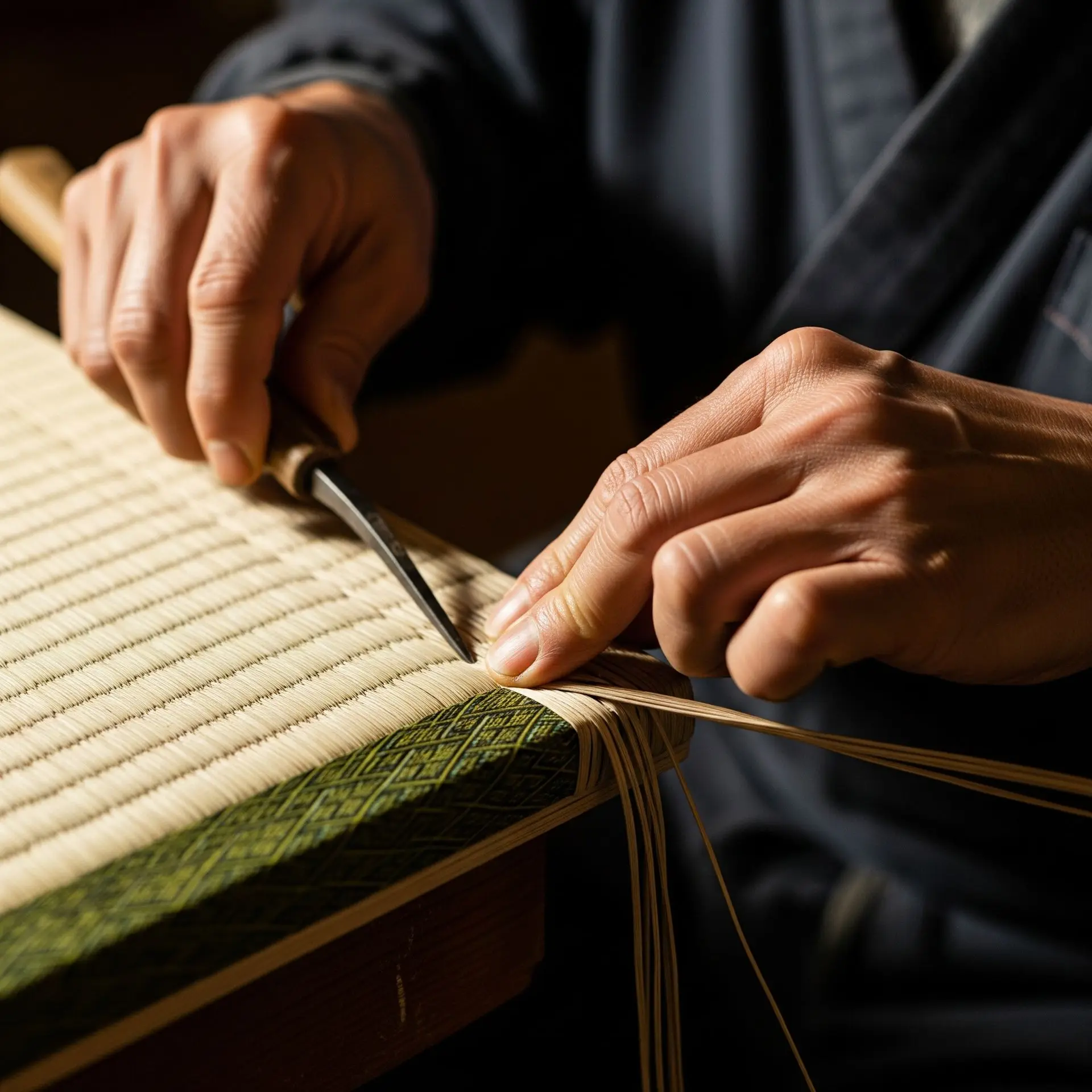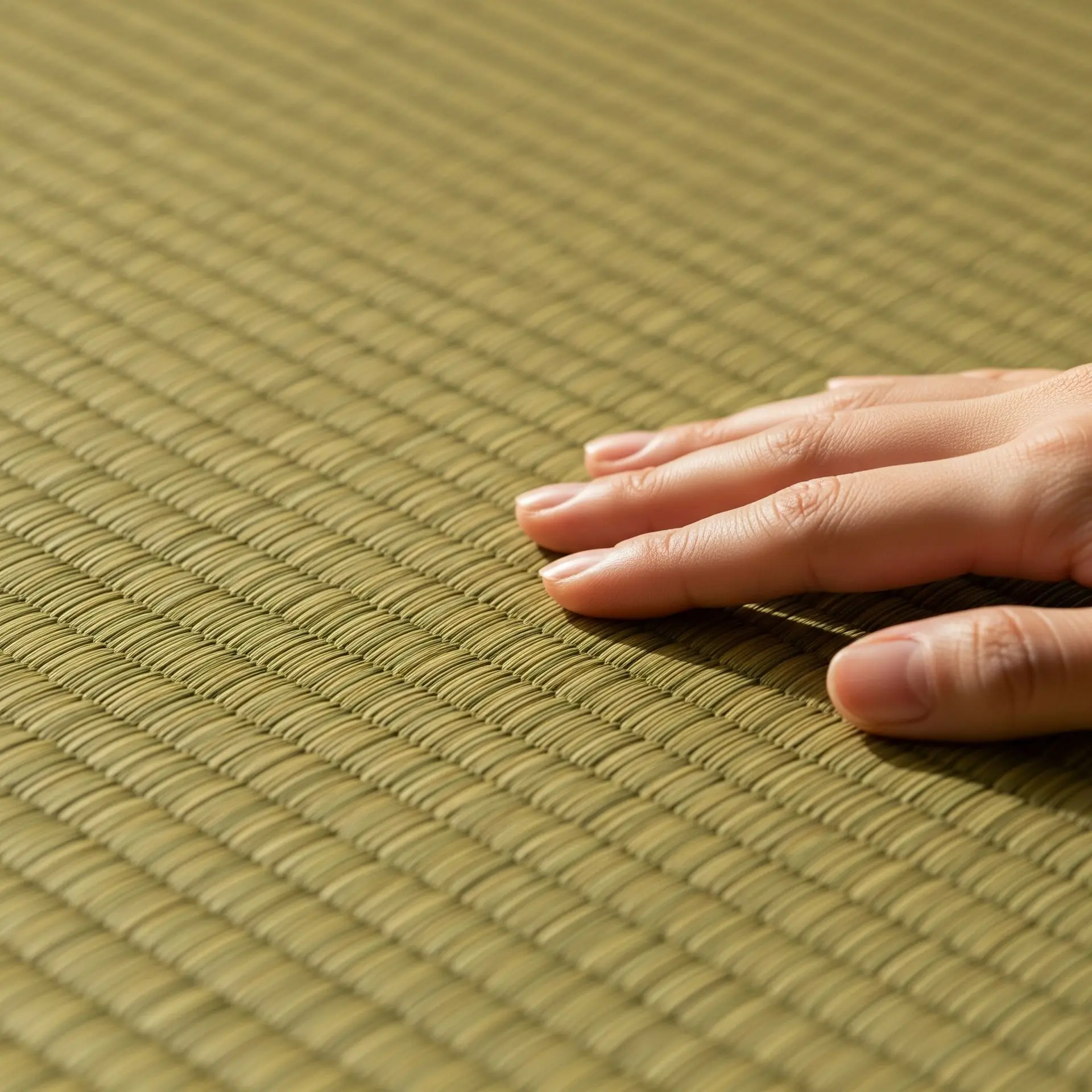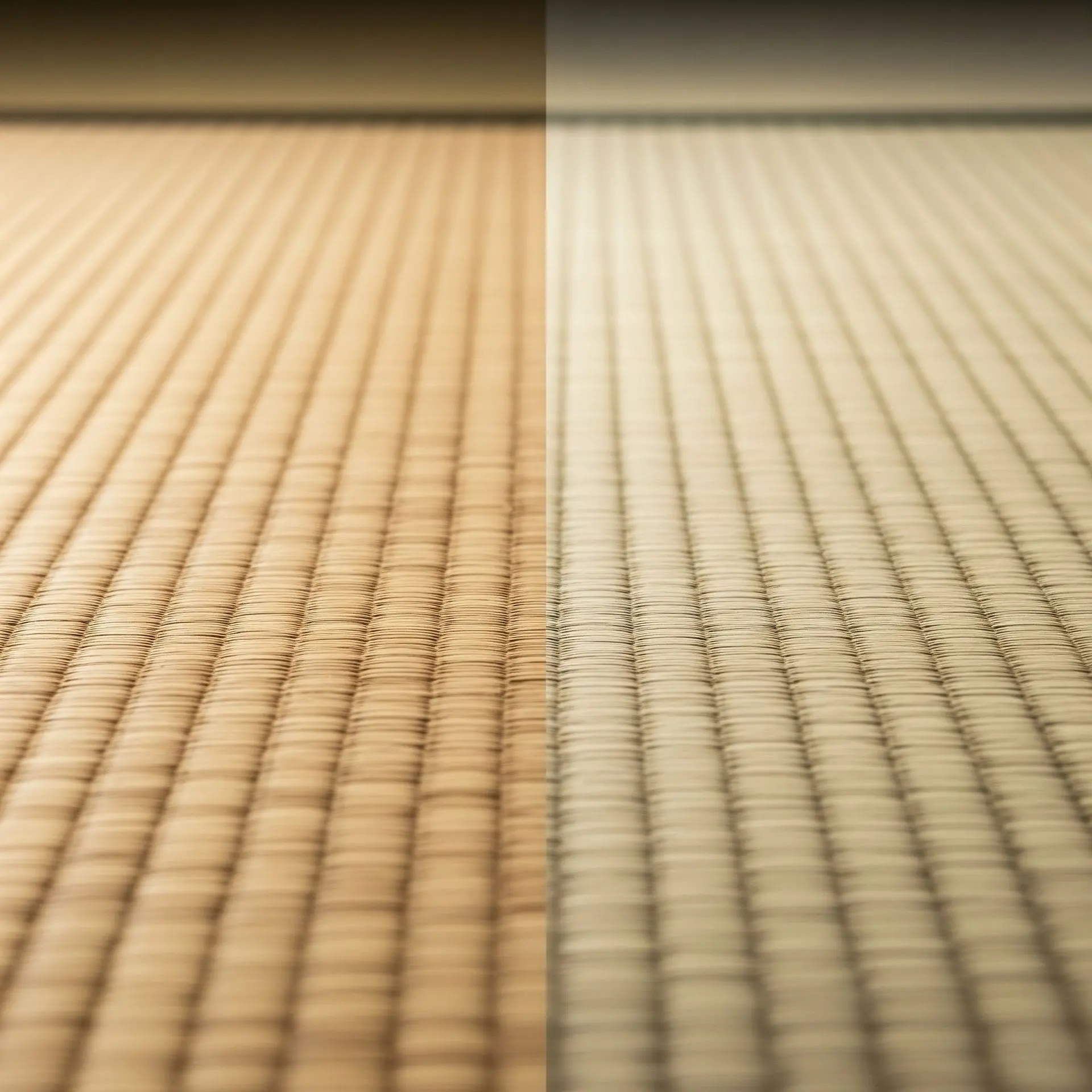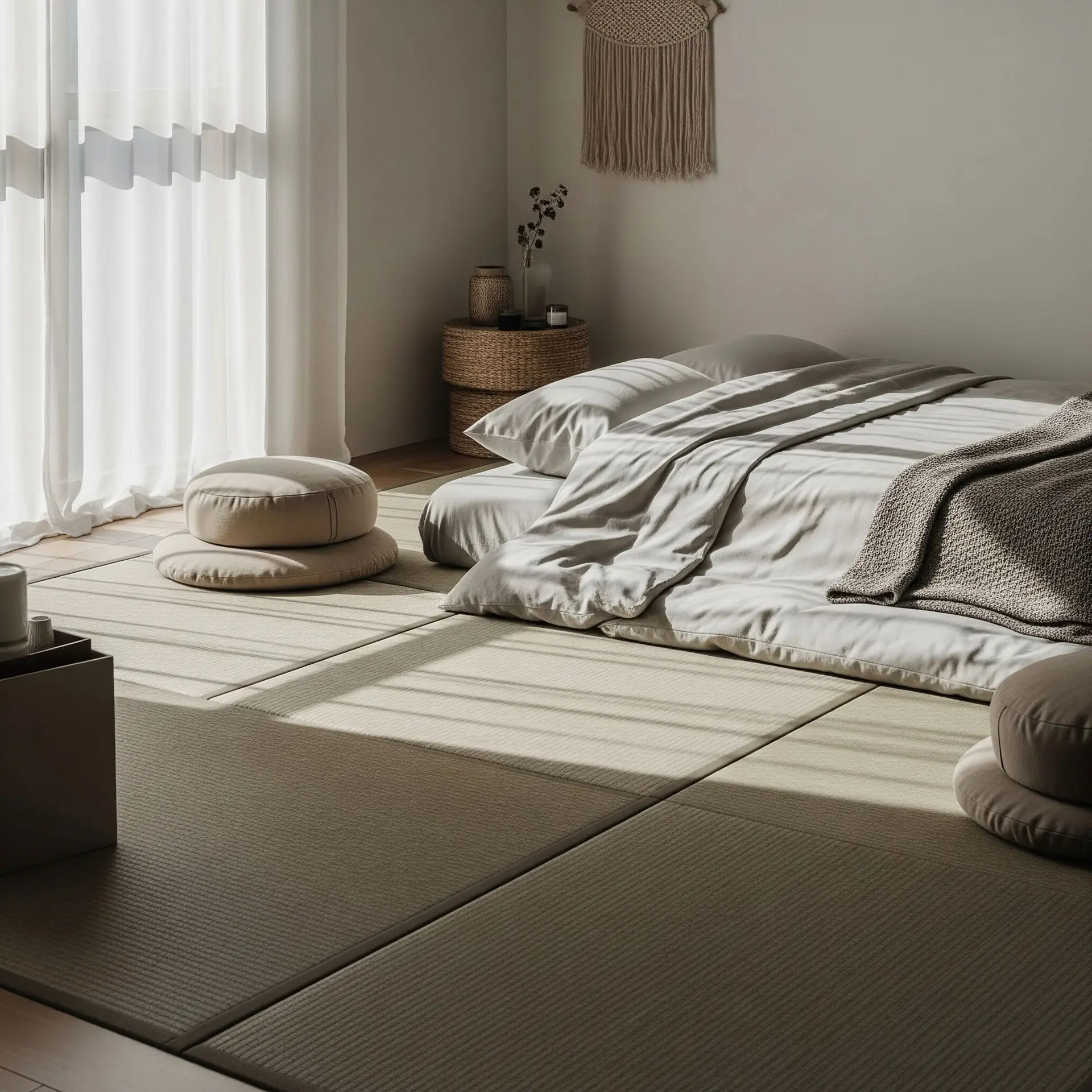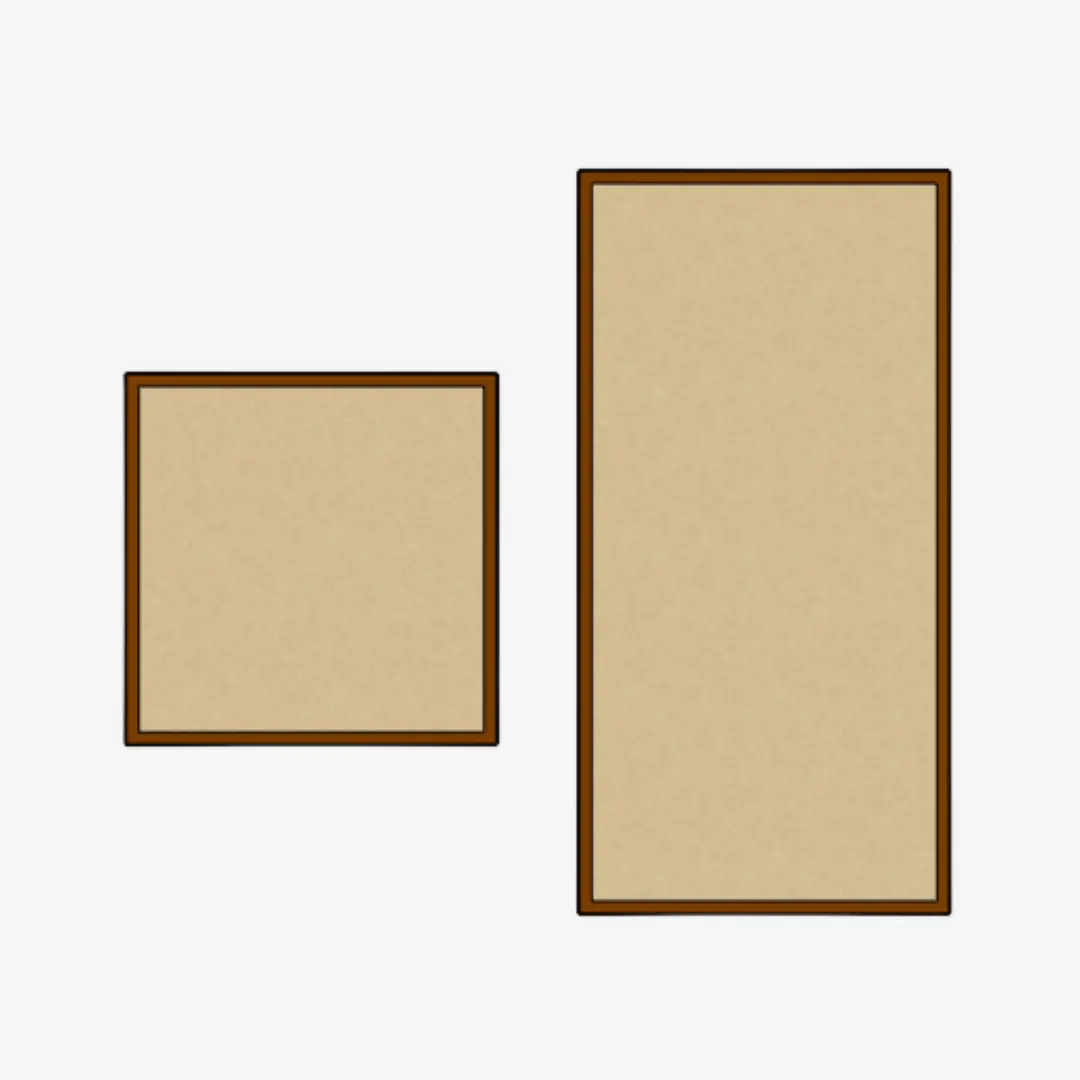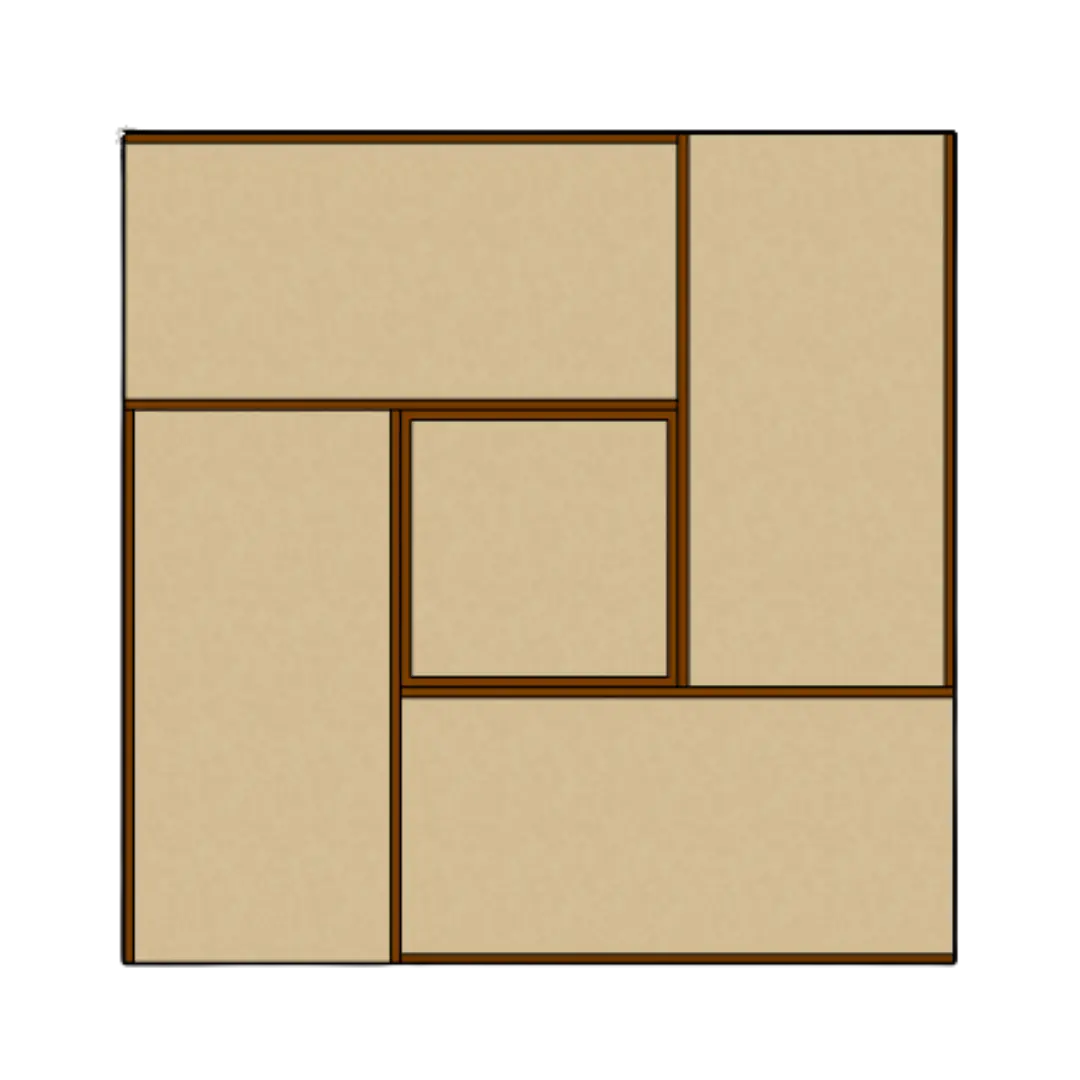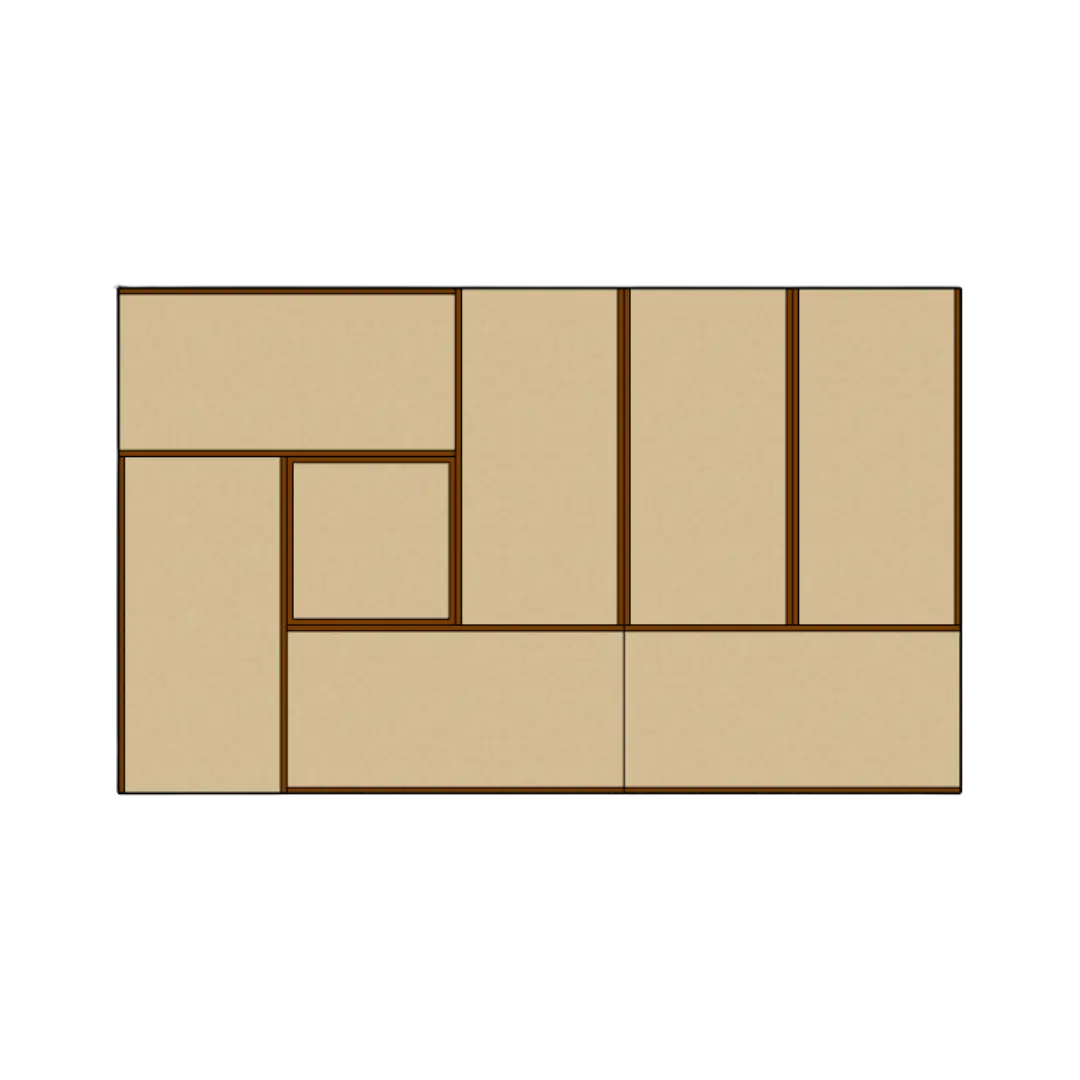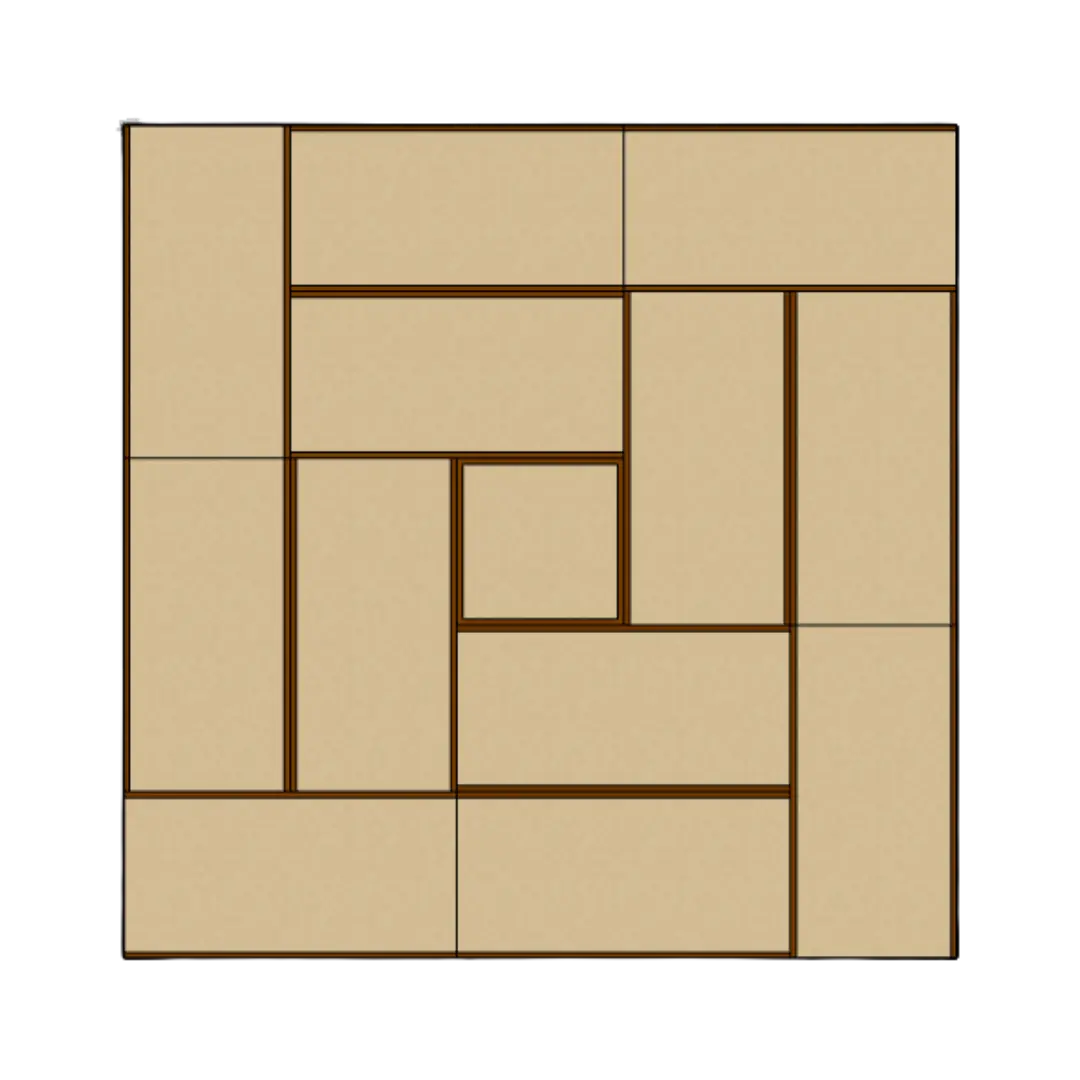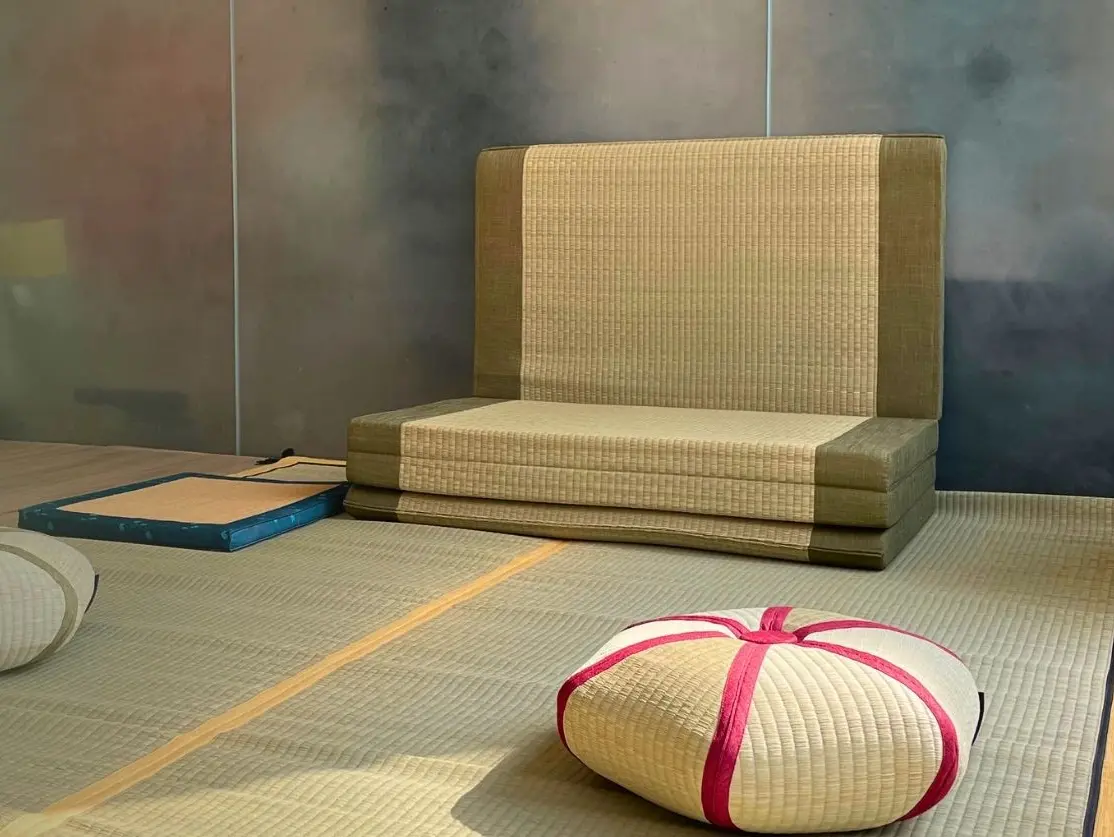Cost & Budget
Tatami mats in Singapore generally range from S$525 for a half−piece to S$7200 for a full 8-piece set. This price is inclusive of delivery and installation.
You can reach our customer support team by emailing care@tatamishop.com calling +65-63366018, or using the chat on our website. Our dedicated team is available to assist with any inquiries or issues.
We’re committed to providing prompt and effective solutions to ensure your satisfaction.
Yes, synthetic Tatami costs approximately 10% more than traditional igusa (rush grass) options.
Yes, the price includes installation.
No, there are no hidden costs.
Tatami mats come in a certain form depending on size of the dedicated area length and width.
Durability & Lifespan
Through experience, tatami mats specifically innovated for a tropical climate have been used by clients for more than 10-20 years. Their longevity depends on proper care, avoiding poking, cutting, and dragging heavy objects.
In a humid climate, tatami thrives when not kept in dark, enclosed spaces like storerooms. They benefit from exposure to sun, natural air, and body contact. The more they are used for activities like sitting, sleeping, and relaxing, the longer they tend to last.
Generally, all materials are prone to wear and tear. As long as the tatami are used for their intended purpose (sleeping, relaxing, sitting, family bonding in a dedicated area) and protected from poking, cutting, and dragging, they will hold up well. Over the years, tatami undergo an aging process, maturing to a golden brown color.
Spills are easily managed by dabbing dry, then using a fan and sunning to fully dry. Heavy furniture will create depressions on natural igusa mats. It's best to avoid sharp, pointed furniture legs. Furniture with a flat and light base is generally fine, but the Tatami area covered by furniture will age slower than the exposed areas.
Maintenance & Cleaning
Regular Cleaning: For daily maintenance, vacuum along the grain of the tatami or use a soft-bristled broom. Avoid vacuum cleaners with strong brush roller settings.
Wiping: For minor dirt or spills, wipe with a lightly damp cloth in the direction of the weave. Ensure the cloth is well-wrung to avoid oversaturating the tatami.
Drying after cleaning: Always ensure the tatami is thoroughly dried after any damp cleaning to prevent mold. Use a fan or allow natural air circulation.
Tatami are not inherently difficult to clean, but they require specific methods. Unlike some hard floorings, they cannot be heavily scrubbed or soaked. Regular, gentle cleaning is key.
Air Circulation: Ensure good ventilation in the room. Open windows, use fans, and consider a dehumidifier to keep humidity levels down.
Sun Exposure: Tatami loves the sun. Periodically exposing them to natural sunlight (not direct, harsh sunlight for prolonged periods, which can cause discoloration) can help keep them dry and prevent mold.
Avoid Enclosed Spaces: Do not keep tatami in dark, unventilated areas like storerooms.
Wipe Down Moisture: Regularly wipe away any condensation on windows, walls, or the tatami itself.
Mold Treatment: For small mold spots, you can gently wipe with a cloth dampened with diluted ethanol (rubbing alcohol) or a diluted vinegar solution (1 part vinegar to 10 parts water), always wiping with the grain. Ensure the area dries completely afterward.
Tatami can be susceptible to dust mites.
Prevention: Regular vacuuming (especially along the grain), ensuring good air circulation, and keeping the tatami dry are crucial. Some sources suggest using specific bug sprays designed for tatami.
Treatment: If dust mites are present, regular vacuuming, airing out the mats, and using a dehumidifier can help.
Harsh chemical cleaners, bleach-containing products, or strong detergents should be avoided as they can damage the natural fibers and cause discoloration.
Oversaturating the tatami with water or cleaning solutions must be avoided to prevent mold and damage.
Abrasive brushes or vacuum cleaner brush rollers can damage the delicate rush weave.
Direct, prolonged exposure to intense sunlight should be avoided as it can cause fading, though natural aging to a golden brown is expected.
Installation & Customization
The installation process is included in the price. For a typical room, the installation can be relatively quick, especially for pre-sized tatami boards.
Yes, tatami floorboards can be laid directly over existing flooring like concrete or tiles. This is often a DIY-friendly method. For a more integrated or permanent solution, some subfloor preparation might be involved, which would be handled by professionals.
Yes, tatami can be customized to fit irregular room shapes or specific dimensions. You would provide the desired shape and measurements.
While the core material is igusa, variations exist in the borders (heri brocade). Modern tatami options, especially synthetic ones, may offer a wider range of colors and textures, and the arrangement of mats can also create different patterns.
While the tatami mats themselves don't typically include integrated storage, tatami-style platforms or raised tatami beds are popular in Singapore and often incorporate significant storage space underneath, providing a functional and aesthetic solution for maximizing space.
Aesthetics & Design
Tatami can introduce a calming, natural, and serene aesthetic to your home. Their neutral tone and textured surface can complement various interior styles, including minimalist, Scandinavian, Zen, and contemporary designs, providing a warm contrast to modern furnishings.
Avoid placing heavy furniture with sharp or pointed legs directly on tatami to prevent dents. If placing furniture, consider using protective pads under legs to distribute weight evenly. Lighter, low-profile furniture often complements the tatami aesthetic.
Traditional igusa tatami will naturally age to a golden brown color over the years as they absorb light and moisture. This aging is a characteristic of natural tatami. Synthetic options may retain their initial color better.
Tatami creates a clean, inviting, and grounded "look". It evokes a sense of tranquility and connection to nature. While traditionally Japanese, tatami is increasingly used in non-traditional settings in Singapore to create cozy nooks, meditation spaces, flexible living areas, or unique bedroom designs, demonstrating its versatility beyond a purely traditional Japanese style.
Health & Comfort
Yes, tatami offers several health benefits:
Air Quality: The rush reeds (igusa) in tatami can absorb airborne toxins like formaldehyde and nitrogen dioxide, acting as a natural air purifier. They can also help regulate indoor humidity.
Posture: The firm yet resilient surface of tatami can support good posture, especially when sleeping on a futon directly on the mat, potentially reducing strain on joints.
Cooling: In warm weather, tatami's breathable structure and ability to absorb moisture can provide a subtly cooler feel compared to some other flooring types.
Comfort: Tatami feels comfortable to walk and sit on due to its natural cushioning.
Yes, tatami is known for its comfortable, firm yet yielding texture, making it pleasant for walking, sitting, and even sleeping.
Due to their natural materials and ability to absorb humidity, tatami can feel relatively cool and refreshing in Singapore's warm and humid climate.
Fresh igusa tatami has a distinctive, natural, grassy scent that many find pleasant and calming. This scent will gradually dissipate over time but may remain as a subtle, earthy fragrance.
Practicality & Suitability
Tatami can be suitable for homes with children, offering a softer, more forgiving surface than hard floors for play. For pets, especially those with sharp claws, there is a higher risk of wear and tear or damage (poking, cutting). Regular nail trimming for pets is advisable. Synthetic tatami might be a more durable option for pet owners.
Yes, tatami can be used in various rooms. It's popular for:
Bedrooms: Often used as a base for futons, creating a traditional sleeping area.
Living Room Nooks/Study: To define a cozy relaxation or reading zone.
Meditation/Yoga Spaces: Providing a natural and comfortable surface.
Children's Play Areas: Offering a softer landing than hard floors.
Temperature Insulation: Tatami offers good thermal insulation. Its dense, multi-layered structure helps to retain warmth in cooler conditions and can provide a cooler feel in warmer weather by managing humidity.
Sound Insulation: Tatami is known for its sound-absorbing properties. The natural materials and construction help to dampen sound, reducing echo and noise transmission, which is a significant advantage in apartments or homes where sound insulation is desired.
Yes, tatami is sound-absorbing, making it an excellent choice for apartments as it can help reduce noise levels, including footsteps and general ambient sounds, contributing to a quieter living environment for you and your neighbours.
